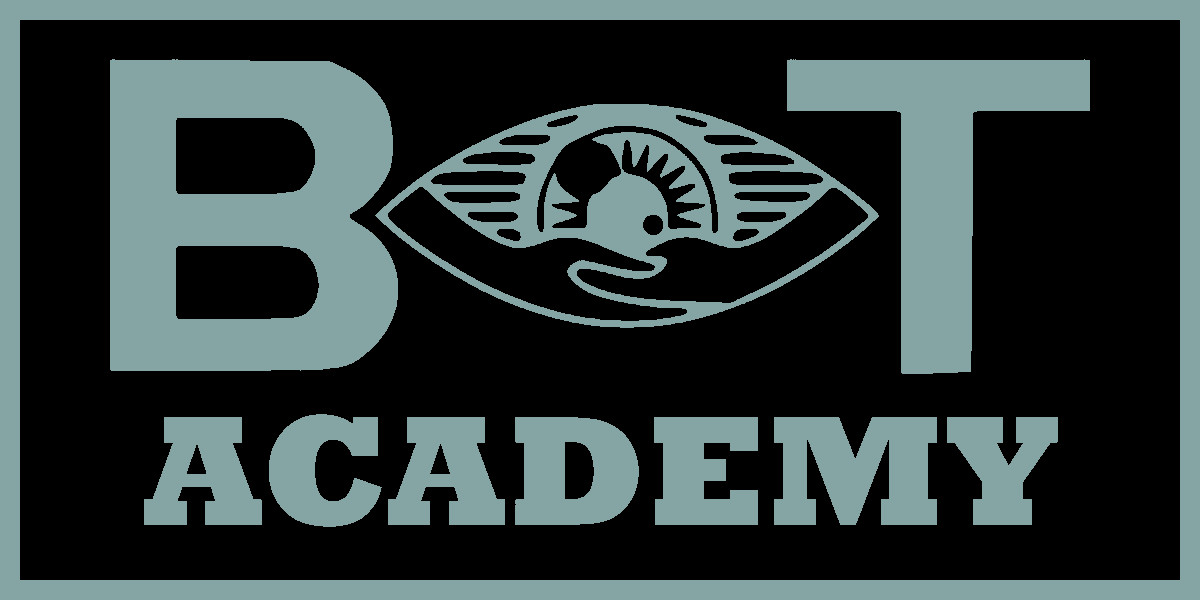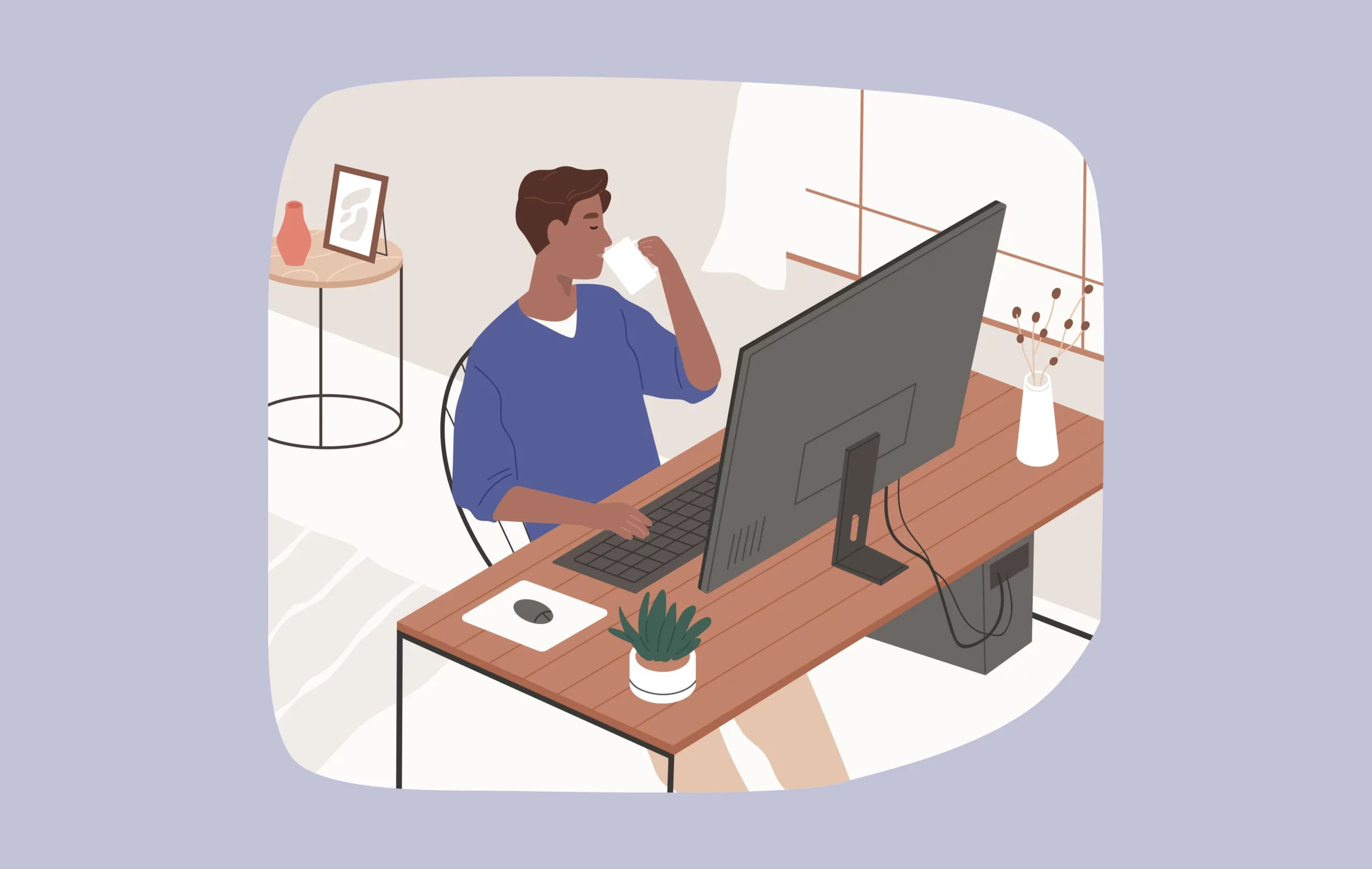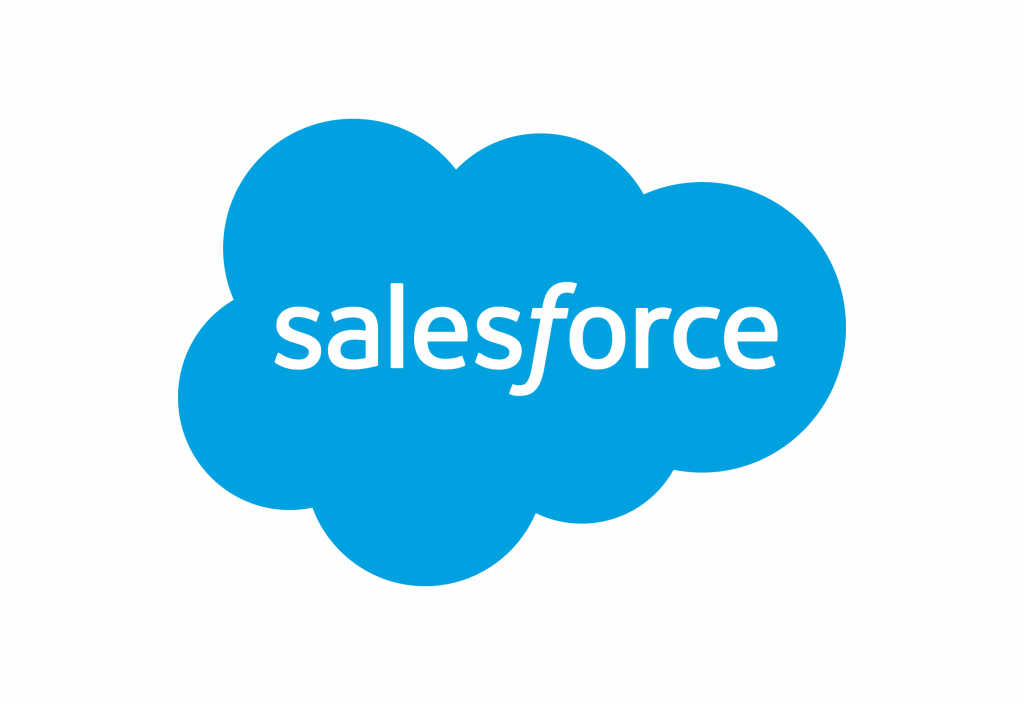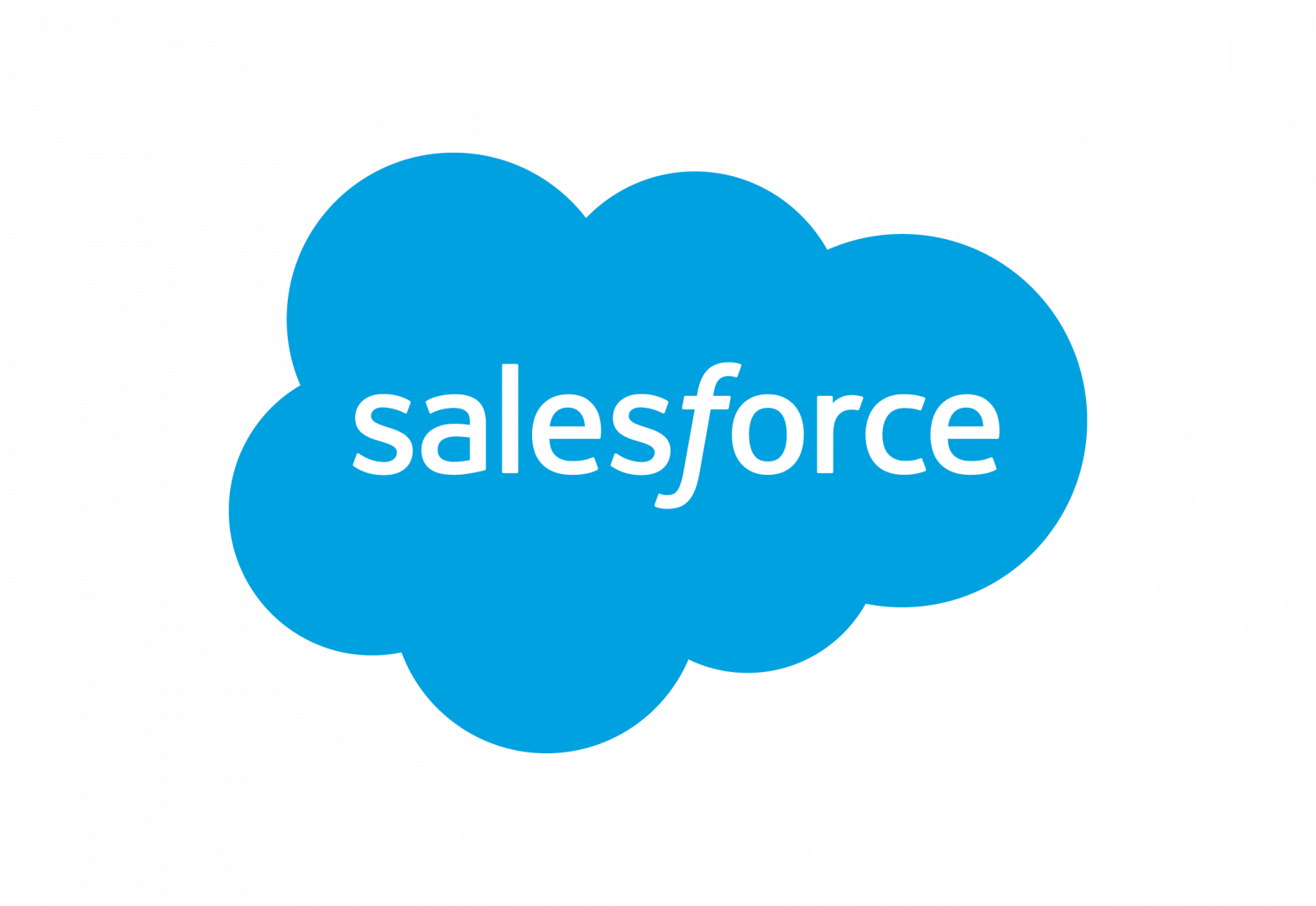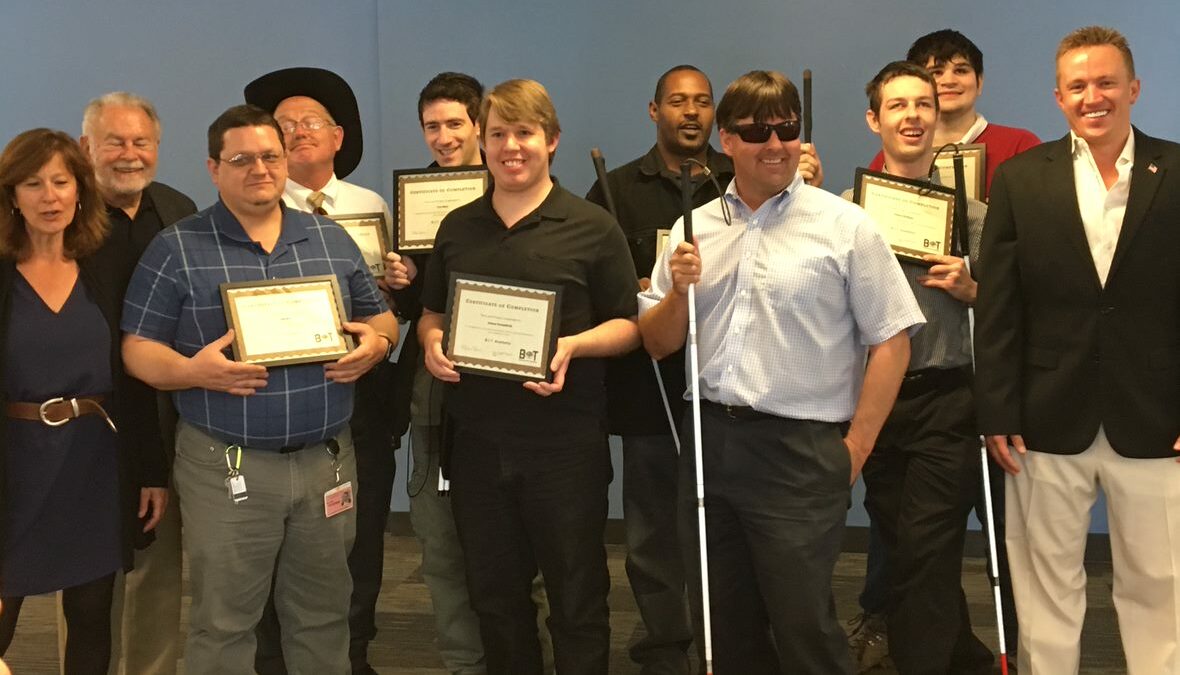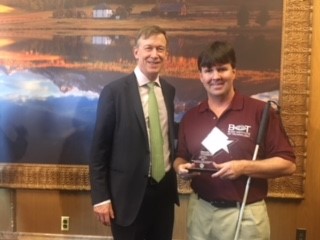Organization Providing IT Training, Certification and Jobs for Blind and Visually Impaired Professionals Partners with Salesforce to Strengthen Global Communities
DENVER, CO., December 6, 2021 – The Blind Institute of Technology was awarded its second grant in 18 months from global leader Salesforce for its workforce initiatives, providing BIT with a global expansion of its BIT Academy™, staffing wages for blind and visually impaired professionals (BVI), and to assist with Project SOAR. Project SOAR is a nonprofit program in Morocco focused on adolescent girls to help them break barriers and understand that they are equally capable and have just as bright of futures as their male classmates.
BIT has been providing Salesforce training to BVI professionals since 2016 through its BIT Academy™ and began working with Salesforce’s Office of Accessibility in early 2020. BIT’s recent work created an organized and utilized Salesforce program for Project SOAR that includes a comprehensive dashboard that allowed the nonprofit to track, aggregate, and report on important impact data.
“We appreciate Salesforce’s partnership because their funds were dedicated to paying wages for BVI professionals in our program, then, to fund BVI professionals to create this Salesforce program for Project SOAR that will ultimately help the Moroccan-based nonprofit in multitudes of ways,” said Hess. “It makes my heart happy that we can have such an impact to help previously underserved girls in other countries realize their fullest potential while also helping BVI professionals succeed in their careers,” he said.
“I am convinced that Salesforce will become the first global SAS provider in history to be the vehicle for employment for more than 5,000 professionals with disabilities,” said Hess.
“We appreciate partnering with Mike and BIT because they are extremely focused on breaking barriers for people with disabilities, and in proving that each individual deserves to be recognized for his or her abilities,” said Sarah Mark, Salesforce’s Senior Manager of the People with Disabilities (PwD) Workforce Development Program.
“Mike and his team deliver exactly what they tell us they will, and as a global corporation, we depend on Mike’s professional passion and expertise,” added Mark.
“Additionally, as graduates of BIT’s Salesforce Admin Certification Prep course started gaining real-world experience, we saw an opportunity to connect them with non-profits to put their skills to the test. It was a win-win: the admins could put what they learned into practice, and local organizations benefited from their expertise,” Mark said.
“For us at Salesforce, Mike and everyone over at BIT are more than just partners, they’re true friends,” added in Tom Frantz, Salesforce’s Senior Manager of Accessibility Partnerships and Public Relations.
“Our common goal should be to go beyond inclusion and move toward creating a world of belonging for people with disabilities. This work is a great example of how we can reach that goal together,” he added.
“Another thing to note is that creating an atmosphere of belonging starts with our day-to-day interactions as human beings. Mike is one of my favorite people to work with because this is just a natural part of who he is. It’s the difference maker when it comes to creating high-quality work and having a partner that will be there for you during the hardest of times,” Frantz said.
The BIT Academy™ and its instructors provide virtual classes over 12-13 weeks. The courses create a foundational understanding for students including those who want to go on to gain Salesforce certification as well as additional skills to succeed in interviewing and corporate work environments. BIT will be launching its first-ever global cohort in early 2022 in the UK thanks in part to the Salesforce grant.
Since founding BIT in 2013, Hess and his organization have been involved in a number of Salesforce programs including:
- BIT has received two separate grants from the Salesforce Office of Accessibility.
- Hess was a speaker at the national Dreamforce 19 international conference with more than 170,000 people from 120+ countries.
- He spoke again at Dreamforce21, where more than 100,000 people attended in person or virtually.
- He has been an invited guest on multiple Salesforce LinkedIn interviews, including a recent show about the Salesforce economy and BIT.
- BIT was recently highlighted in an article about the work BIT did for Project SOAR.
“Our mission is to ensure that people in the blind and visually impaired community reach their professional goals and for companies to see the enormous value that people of all abilities bring to the workforce,” he added. “Professionals with disabilities possess skills and abilities that corporations have overlooked or have yet to discover,” he said.
To support BIT’s program, please donate to the organization or learn more about how employers could hire from BIT’s team of professionals. Salesforce has multiple articles and resources about breaking through accessibility barriers

